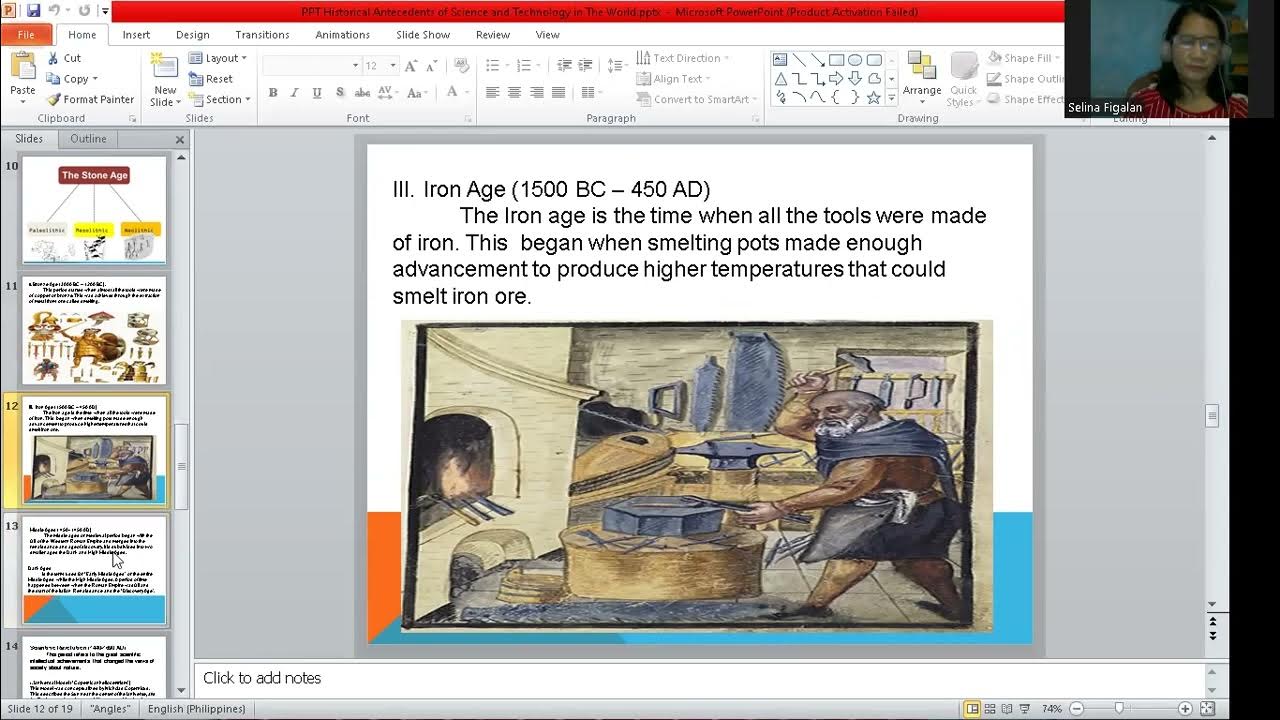¿Cómo funcionan las Leyes de Newton? 🍎
Summary
TLDRThis script delves into the monumental contributions of Sir Isaac Newton to science, particularly his laws of motion and universal gravitation. It highlights Newton's synthesis of the works of predecessors like Galileo and Kepler, leading to the formulation of his laws. The script explains the first law of inertia, the second law relating force, mass, and acceleration, and the third law of action and reaction. It also touches on the implications of Newton's laws for understanding celestial motion and the development of technology, setting the stage for Einstein's revolutionary theories that expanded our understanding of gravity.
Takeaways
- 🌌 Isaac Newton is considered one of the greatest scientists of all time, known for expressing the physical behavior of nature and how it works through his laws.
- 🔍 Newton's laws of motion and universal gravitation are fundamental to understanding the movement of celestial bodies and objects on Earth.
- 📚 Galileo Galilei's observations of the movement of celestial bodies and the Earth's own motion laid the groundwork for Newton's theories.
- 🌟 Johannes Kepler's mathematical descriptions of planetary orbits were crucial for Newton to develop his laws of motion.
- 📐 Newton's first law of motion, the law of inertia, states that an object will remain at rest or in uniform motion unless acted upon by an external force.
- 🚀 Newton's second law of motion describes how the acceleration of an object is directly proportional to the net force acting upon it and inversely proportional to its mass.
- 🔄 Newton's third law of motion, the action-reaction principle, states that for every action, there is an equal and opposite reaction.
- 🌍 The universal law of gravitation explains how every particle attracts every other particle with a force that is directly proportional to the product of their masses and inversely proportional to the square of the distance between their centers.
- 🚗 An example of Newton's laws in everyday life is how forces affect the motion of a car or a ball, illustrating concepts like acceleration and circular motion.
- 🛰️ Newton's laws have practical applications in predicting the path of comets and in the construction of vehicles capable of traveling to the Moon.
- 🧠 Albert Einstein's theory of general relativity expanded on Newton's concept of gravity, introducing a new way to understand the universe beyond Newton's classical mechanics.
Q & A
Who is considered the greatest scientist of all time according to the script?
-Isaac Newton is considered the greatest scientist of all time.
What were some of Newton's significant contributions to the understanding of physical behavior in nature?
-Newton's significant contributions include expressing the behavior of physical nature in mathematical terms, such as describing how objects move and the laws of motion and universal gravitation.
How did Galileo Galilei contribute to the understanding of motion and the universe?
-Galileo Galilei observed the movement of celestial bodies and the Earth, and through experimentation, he discovered that the speed at which an object falls is not related to its weight.
What was Johannes Kepler's contribution to astronomy?
-Johannes Kepler provided a precise mathematical description of the orbits of planets, including the elliptical shape of their paths and the laws governing their motion.
What is Newton's First Law of Motion, also known as the law of inertia?
-Newton's First Law of Motion states that every object will remain at rest or in uniform motion in a straight line unless compelled to change its state by the action of an external force.
According to the script, what is the relationship between force and acceleration in Newton's Second Law?
-The change in motion (acceleration) is directly proportional to the force applied and occurs in the direction of the applied force. This is expressed by the formula Force = mass × acceleration.
What does Newton's Third Law of Motion, the action-reaction principle, state?
-For every action, there is an equal and opposite reaction. This means that forces always come in pairs, with the forces being equal in magnitude and opposite in direction.
How does the script describe the universal law of gravitation?
-The script describes the universal law of gravitation as a force that is directly proportional to the product of the masses of two objects and inversely proportional to the square of the distance between their centers.
What was Albert Einstein's view on Newton's theories, as mentioned in the script?
-Albert Einstein, while acknowledging Newton's profound contributions, introduced a new way of understanding gravity that differed from Newton's, with his theory of general relativity.
How does the script suggest that Newton's laws have practical applications?
-The script suggests that Newton's laws have practical applications in various fields, including the construction of machines, prediction of comet trajectories, and the development of vehicles for human travel to the moon.
What does the script imply about the importance of supporting scientific communication and education?
-The script implies that supporting scientific communication and education is crucial, as it encourages the public to engage with scientific concepts and support scientific endeavors, possibly through donations or other forms of support.
Outlines

هذا القسم متوفر فقط للمشتركين. يرجى الترقية للوصول إلى هذه الميزة.
قم بالترقية الآنMindmap

هذا القسم متوفر فقط للمشتركين. يرجى الترقية للوصول إلى هذه الميزة.
قم بالترقية الآنKeywords

هذا القسم متوفر فقط للمشتركين. يرجى الترقية للوصول إلى هذه الميزة.
قم بالترقية الآنHighlights

هذا القسم متوفر فقط للمشتركين. يرجى الترقية للوصول إلى هذه الميزة.
قم بالترقية الآنTranscripts

هذا القسم متوفر فقط للمشتركين. يرجى الترقية للوصول إلى هذه الميزة.
قم بالترقية الآنتصفح المزيد من مقاطع الفيديو ذات الصلة

Newtonian Gravity: Crash Course Physics #8

How Isaac Newton Changed the World

Historical Antecedents of Science and Technology in the World

Biography of Isaac Newton | History | Lifestyle | Documentary | Newton laws | Newton Apple tree

MEMAHAMI CARA BERPIKIR ISAAC NEWTON

Sir Isaac Newton Biography in English | The Gravity Of Genius
5.0 / 5 (0 votes)
